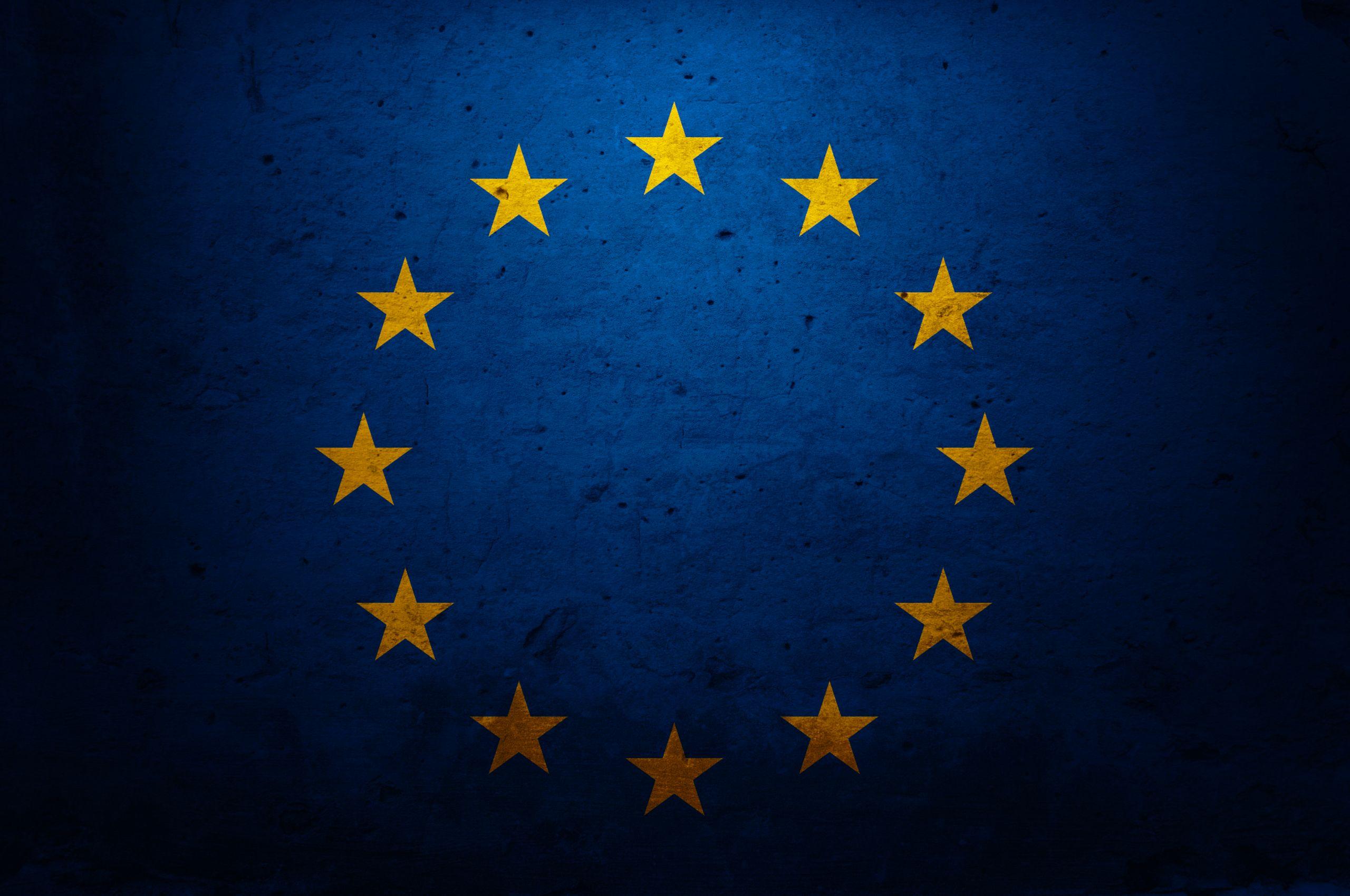It should have been a day of celebration as the euro welcomed Croatia as its 20th country.
But as finance ministers were endorsing the newest member of their club, the single currency slid towards a less welcome milestone: parity with the U.S. dollar.
Analysts are now asking how low the euro can go, amid concerns that the currency’s rapid fall this year could worsen the cost of living misery for hundreds of millions of Europeans.
Ultimately, as soaring energy costs and inflation squeeze living standards, there could be a political price to pay.
“The fall in the Euro has lots more room to go,” tweeted Institute for International Finance chief economist Robin Brooks on Sunday. “We’re only getting started.”
On Tuesday, the euro briefly hit parity against the U.S. dollar for the first time in 20 years. The last time the euro was worth less than the dollar was in 2002, when euro cash was in its infancy and shared by only 12 member states.
The single currency has lost more than 10 percent of its value against the greenback since the start of the year. It was a rapid slide, driven in part by a worsening outlook for growth in the euro area thanks to Russia’s invasion of Ukraine, and stronger demand for the dollar as a safe haven currency.
As ever, not everyone will see it as bad news. There are advantages to a falling currency, namely that exports become cheaper and more attractive. But European Commissioner for the Economy Paolo Gentiloni warned that it would be “a mistake” to see the euro’s slide in these terms.
“Of course it is encouraging the export capacity, but we have to look also to the negative side of this coin,” he said at a press conference on Monday.
A weak euro makes imports more expensive — adding to inflation pressures.
One of the policymakers who has warned of this risk is ECB Governing Council member Francois Villeroy de Galhau. He cautioned earlier this year that the central bank “will carefully monitor developments in the effective exchange rate, as a significant driver of imported inflation.”
“A euro that is too weak would go against our price stability objective,” he added.
An ECB paper published in 2020 cited models estimating that a 1 percent depreciation of the euro against a basket of currencies could add as much as 0.11 percentage points to inflation within a year — and 0.25 percentage points over three years.
No bottom yet?
The euro may well not have reached its trough given persistent risks that a Russian gas cutoff could throw the region into deep recession, analysts warn.
Some suggested one euro could fall as low as 90 U.S. cents in the bleak but not impossible event that Russia does not restart the Nord Stream 1 gas pipeline.
This scenario could in turn significantly constrain the ECB’s ability to raise interest rates, which it has yet to do. It’s expected to lift benchmark rates by 25 basis points on July 21, when it holds its next policy meeting, and perhaps announce a bigger hike in September.
The U.S. Federal Reserve, by contrast, has raced ahead, super-charging the dollar with larger interest rate hikes.
“The Fed is still perceived as having more room to hike rates going forward, also on the back of the strong U.S. jobs report for June,” UniCredit foreign exchange strategist Roberto Mialich explained in a research note. “On the other hand, other central banks, such as the ECB and the [Bank of England], might be forced to become more prudent, given the more direct exposure their respective economies have to the gas and energy crisis.”
At the same time, the dollar is benefiting from safe-haven flows, with investors rushing into U.S. government bonds as a hedge against economic and political uncertainty.
If the euro continues to slide, “no doubt [the ECB] will be quite concerned by the move — especially if it develops into a ‘sell the eurozone’ mentality,” said ING economist Chris Turner. “Yet faced with the looming risk of recession — and the euro being a pro-cyclical currency — the ECB’s hands may be tied in its ability to threaten more aggressive rate hikes in defence of the euro.”
The concern over the euro came on the day that EU finance ministers gave the final nod of approval for Croatian membership of the euro area, enabling it to adopt the single currency from January 2023.
“The fact that Croatia will become 20th member of European Monetary Union area is also a clear signal that European integration is ongoing despite all the challenges that we are facing,” said Zdravko Marić, the outgoing Croatian finance minister.
Tuesday’s formalities complete the years-long accession procedure, which requires countries to comply with a number of criteria such as price, exchange rate and interest rate stability, as well as budgetary discipline and a ban on monetary financing.
Croatia will also gain a seat at the table of the European Central Bank’s Governing Council — as an observer from September on, and as a fully fledged member in January.
As she welcomed Croatia to the group, ECB President Christine Lagarde said membership requires commitment and respect for the rules, adding: “It’s a wonderful club to be a member of.”
Tim Ross contributed reporting.




